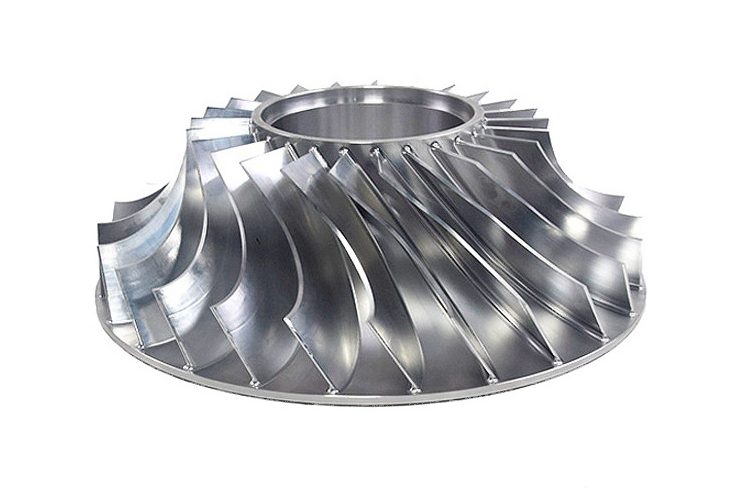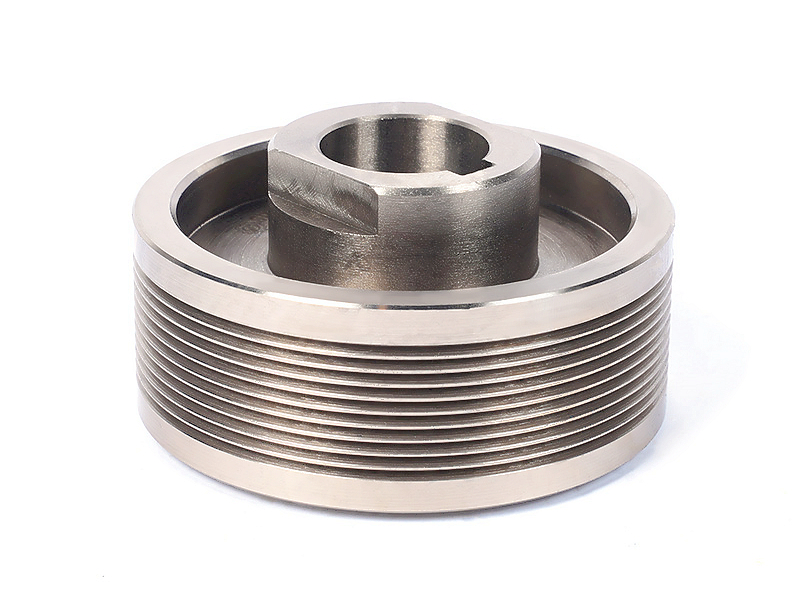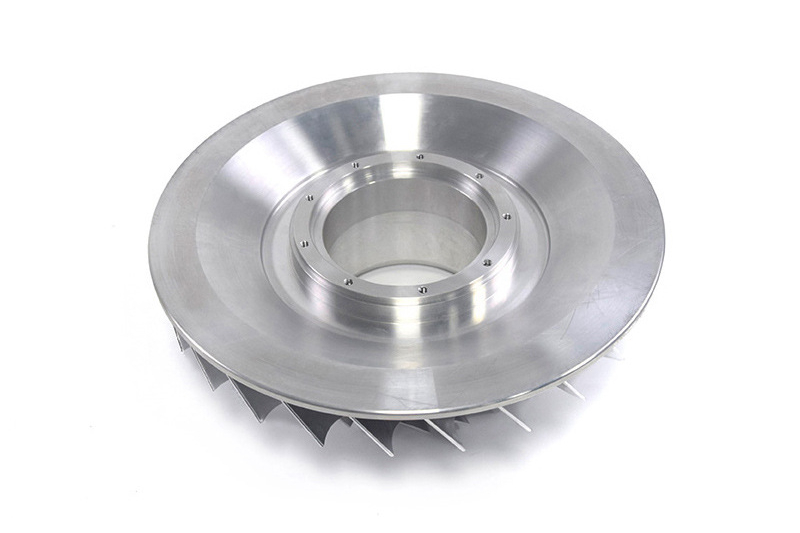How can chip shape indicate optimal titanium machining conditions?
In titanium machining, chip shape serves as a critical, real-time diagnostic tool for evaluating process health and optimization. The unique metallurgy of titanium, characterized by low thermal conductivity and a propensity for work hardening, directly manifests in the chip formation process. Analyzing chip morphology allows a machinist or engineer to fine-tune parameters to achieve a stable, efficient, and safe process.
The Ideal Chip: Tightly Rolled, Silver or Straw-Colored
Optimal machining conditions for titanium typically produce a tightly coiled, continuous chip with a consistent "saw-tooth" or segmented appearance. This segmentation is natural in titanium due to adiabatic shear and is not inherently a sign of instability. The ideal chip is a "6" or "9" shape that neatly breaks into manageable pieces, rather than forming long, stringy tangles. Its color should be a light silver or a pale, golden straw, indicating that the heat generated during the cut was effectively carried away with the chip, rather than remaining in the workpiece or tool. This is a primary goal of our Titanium CNC Machining Service, where parameters and toolpaths are calibrated to achieve this result, ensuring long tool life and part integrity.
Problematic Chip 1: Long, Tangled, and Discolored
Long, stringy, and bird-nested chips are a significant red flag. They indicate that the feed rate is too low and/or the tool's rake angle is incorrect, preventing proper chip formation. These tangled chips are dangerous, as they can wrap around the tool and workpiece, causing tool breakage, damaging the part's surface finish, and posing a safety hazard. Furthermore, if these chips are blue or dark purple, it signals excessive heat generation. This occurs when the cutting speed is too high or coolant delivery is ineffective, allowing heat to build up and oxidize the chip. This same destructive heat is rapidly degrading the tool's cutting edge.
Problematic Chip 2: Dust or Fine Needles
At the other extreme, the production of fine, powdery chips or small, fragmented needles suggests the feed rate is too high or the tool is too dull. A worn tool rubs rather than shears, pulverizing the material and generating intense localized heat. This condition leads to rapid tool failure and can induce surface damage and residual stresses into the part, which may require subsequent Heat Treatment for CNC Machining to relieve. This is a particular concern in Precision Machining Service, where subsurface damage must be avoided.
Using Chip Analysis for Process Optimization
By systematically observing chip shape, one can make informed adjustments:
If chips are long and stringy: Increase the feed rate to thicken the chip and promote breakage. Also, verify the tool geometry has a positive rake angle and sharp edge.
If chips are blue and discolored: Reduce the cutting speed (SFM) and verify the efficacy of the coolant system. For deep pockets or drilling, this is where CNC Drilling Service with high-pressure through-tool coolant becomes essential to evacuate heat.
If chips are dusty or needle-like: Check for tool wear and replace the insert immediately. Ensure the feed rate is within the recommended range for the tool and material.
The consistent production of the ideal silver, tightly coiled chip is a hallmark of a stable and optimized process, leading to maximized tool life, superior surface finish, and minimized risk of introducing thermal damage to the component—a key consideration for parts destined for Aerospace and Aviation applications.



